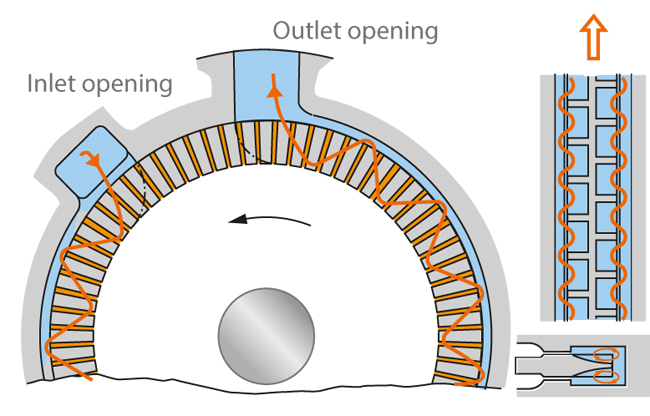
Euler next used e in a letter addressed to Goldbach on November 25, 1731, writing that e "denotes that number whose hyperbolic logarithm is = 1." whose logarithm according to Vlacq is 0, 4342944. The manuscript describes seven experiments performed between August 21 and September 2, 1727:įor the number whose logarithm is unity, let e be written, which is 2, 7182817. The manuscript was first printed in 1862 in Euler's Opera postuma mathematica et physica, Petropoli, edited by P. Leonhard Euler (1707- 1783) introduced e for this constant in a manuscript, Meditatio in Experimenta explosione tormentorum nuper instituta (Meditation on experiments made recently on the firing of cannon ), written at the end of 1727 or the beginning of 1728 (when Euler was just 21 years old ). The first symbol used for the constant mentioned by Cajori is the letter b used by Leibniz in letters to Huygens in 16. 71828., was referred to in Edward Wright's English translation of Napier's work on logarithms, published in 1618.
#Peripheriam circuli pro#
esse = 3, 14159, pro quo numero, brevitatis ergo, scribam π, ita ut sit π = Semicircumferentiae Circuli, cujus Radius = 1, seu π erit longitudo Arcus 180 graduum." The base of natural logarithms. "Satis liquet Peripheriam hujus Circuli in numeris rationalibus exacte exprimi non posse, per approximationes autem inventa est. Nicolaus Bernoulli employed π in his letters to Euler of 1742.Įuler popularized the use of π by employing it in 1748 in Introductio in Analysin Infinitorum: Johann Bernoulli used c in 1739, in his correspondence with Euler, but in a letter of 1740 he began to use π. in a letter, and again in various letters in 1737, 1738, and 1739. 2, page 10).Įuler wrote, "Si enim est m = 1 2 \large\frac\normalsize 2 π denotante 1 : π rationem diametri ad peripheriam." But the letter is not restricted to this use in his Mechanica, and the definition of π is repeated when it is taken for 3. ) (Reference due to Robert Palais ) Cajori (vol. "Car, soit π la circonference d'un circle dont le rayon est = 1" 347- 368 ( 007.html ) See page 351: "Summatur pro ratione radii ad peripheral 1 : π."Įuler again used π for 6. in 1729 in "Tentamen explicationis phaenomenorum aeris" originally published in Commentarii academiae scientiarum Petropolitanae 2, 1729, pp. In 1736 in Mechanica sive motus scientia analytice exposita, Euler used 1 : π and "thus either consciously adopted the notation of Jones or independently fell upon it". In a letter of April 16, 1738, from Stirling to Euler, as well as in Euler's reply, the letter p is used. In 1734 Leonhard Euler (1707- 1783) employed p instead of π in "De summis serierum reciprocarum." 38 may be Examin'd with all desirable Ease and Dispatch." John Machin and by means thereof, Van Ceulen's Number, or that in Art.
#Peripheriam circuli series#
This series (among others for the same purpose, and drawn from the same Principle ) I received from the Excellent Analyst, and my much esteem'd Friend Mr.

"There are various other ways of finding the Lengths or Areas of particular Curve Lines, or Planes, which may very much facilitate the Practice as for instance, in the Circle, the Diameter is to the Circumference as 1 to, &c. It simply came, unheralded, in the following prosaic statement (p. No lengthy introduction prepares the reader for the bringing upon the stage of mathematical history this distinguished visitor from the field of Greek letters. It was in that year that William Jones made himself noted, without being aware that he was doing anything noteworthy, through his designation of the ratio of the length of the circle to its diameter by the letter π. It is believed he used the Greek letter π because it is the first letter in perimetron (= perimeter ). ) was William Jones (1675- 1749) in 1706 in Synopsis palmariorum mathesios. The first person to use π to represent the ratio of the circumference to the diameter (3. Krazer in Euleri opera omnia as a reference for the above.

Si diameter alicuius circuli ponatur a, circumferentiam appellari posse ea (quaecumque enim inter eas fuerit ratio, illius nomen potest designari littera e ). 2, page 9).Ĭajori writes that "perhaps the earliest use of a single letter to represent the ratio of the length of a circle to its diameter" occurs in 1689 in Mathesis enucleata by J. The symbolism appears in the editions of this book of 1647, 1648, 1652, 1667, 1693, and 1694 ( Cajori vol. William Oughtred (1574- 1660) designated the ratio by the fraction π over δ in Clavis mathematicae. Early writers indicated this constant as a ratio of two values.


 0 kommentar(er)
0 kommentar(er)
